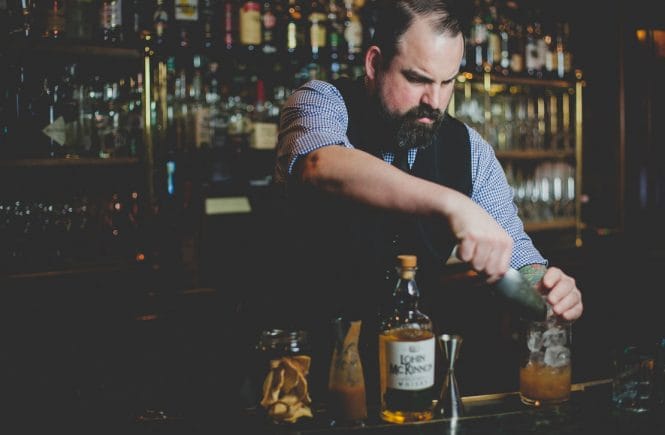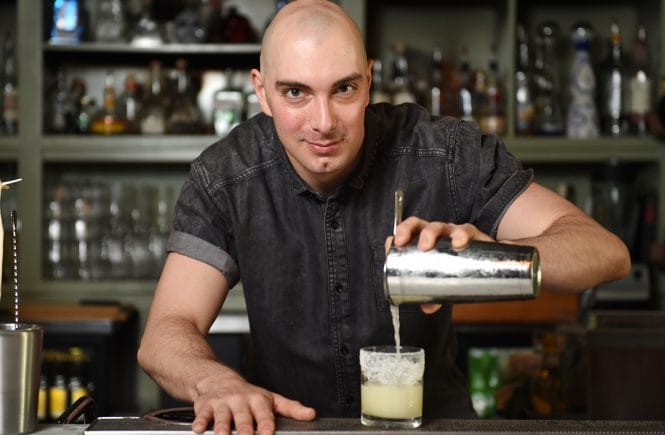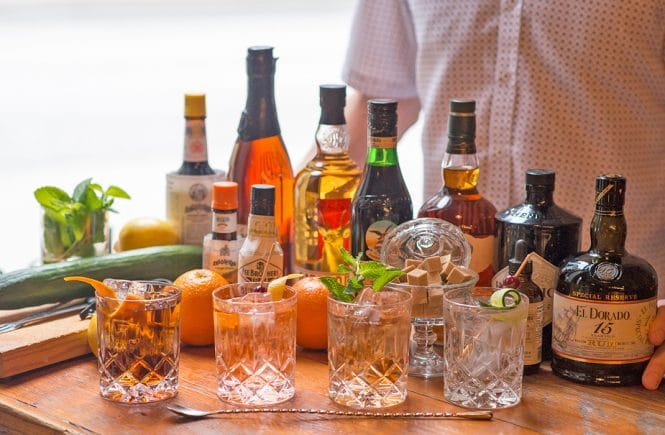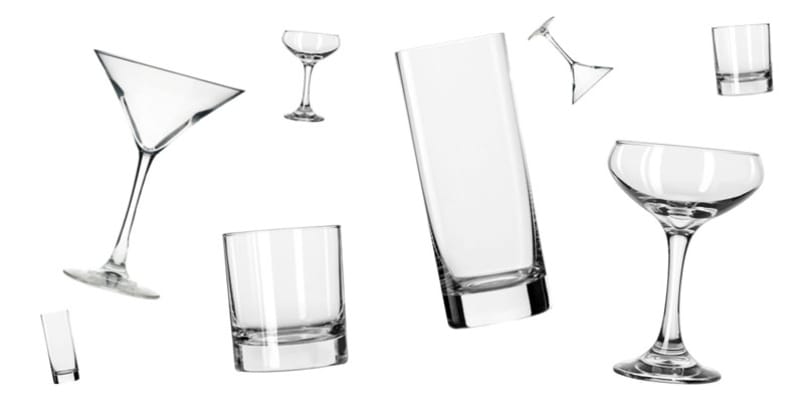
In the months before the Rosewood Hotel Georgia’s subterranean bar, Prohibition, opened, head bartender Brad Stanton spent countless hours obsessing over every detail, from a state-of-the-art ice-maker to stylish copper bar tools.
One of the things he obsessed over most was the glassware.
Why bother? you might wonder. A glass is just a glass, right? Isn’t it what’s inside that counts?
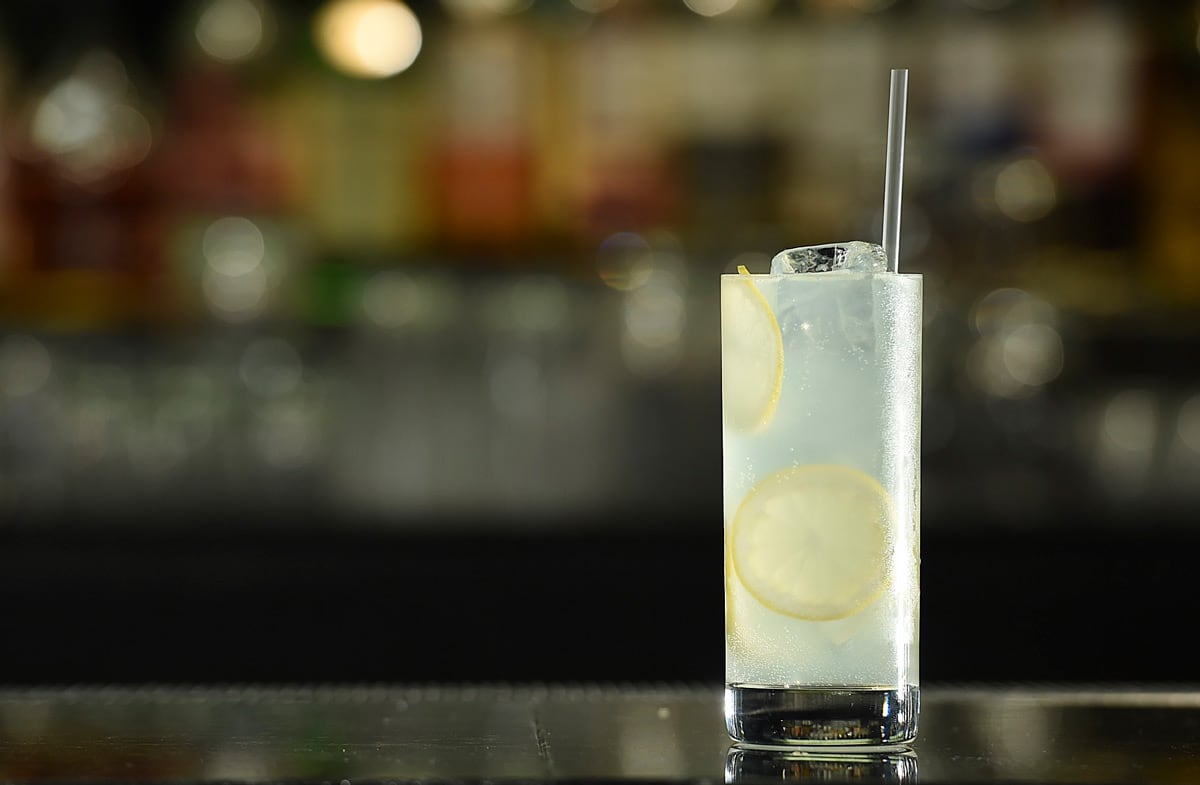
Yes—and no. It does matter, says Robyn Gray, who shares the head bartender role at Prohibition, “because you drink with your eyes, just like you eat with your eyes.”
Besides, he adds, “Glassware plays an important role with your senses when you decide what kind of drink to have.”
It’s something to consider if you’re stocking your home bar, too. Aside from looking good, certain glasses are meant for certain drinks. (It’s called a Martini glass for a reason.)
Unlike wine, where varietal-specific glassware can enhance the tropical-fruit aromas of a Riesling or the spiced-berry notes of a Pinot Noir, the right glass for a cocktail isn’t based so much on the flavour of the drink. “It’s really important to know what ice you’re using and pick the glass for that,” says Stanton.
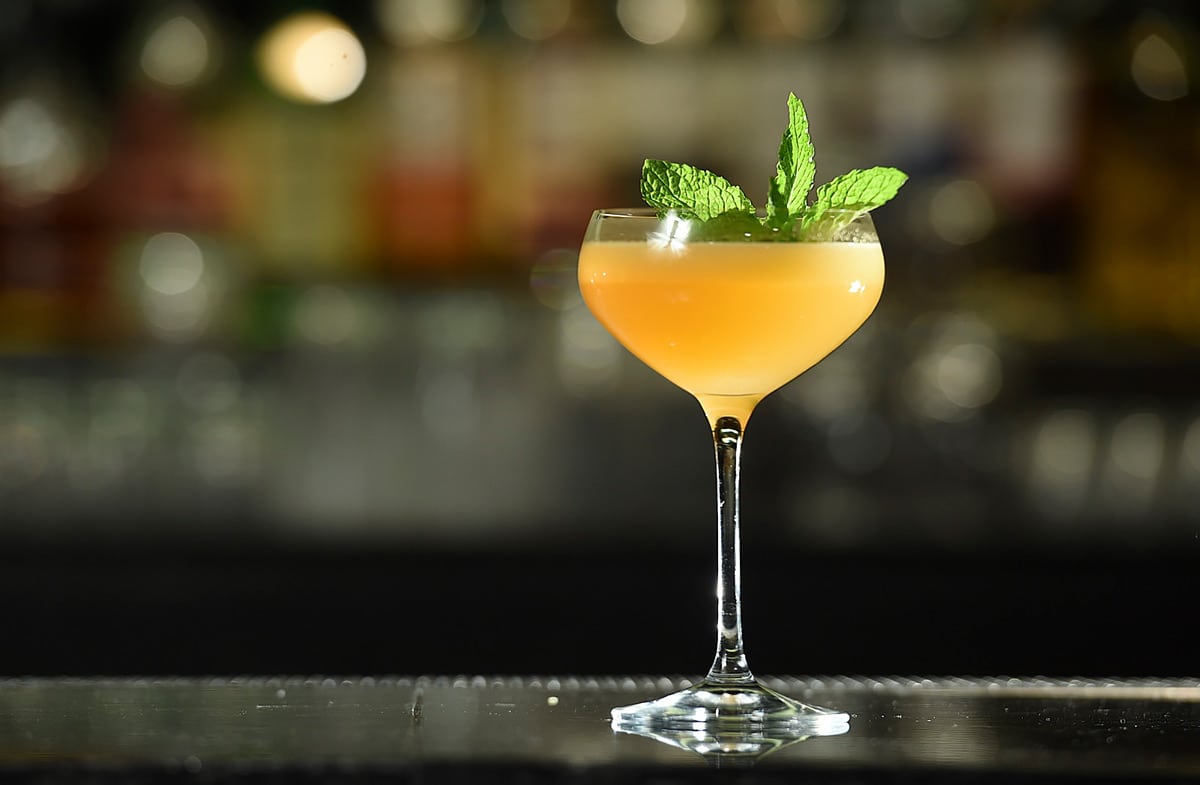
For instance, the tall, skinny Collins glass is meant for thirst-quenching drinks made “long,” with lots of ice and soda. The short, sturdy Old Fashioned—or “rocks”—glass is designed for strong drinks enjoyed with one or two big cubes or a sphere of ice. And the tall, stemmed cocktail coupe is for drinks enjoyed “up,” or without ice – like, say, a Manhattan or a Cosmo. (The curved coupe, reportedly modelled after Marie Antoinette’s breast, has made a comeback in recent years, replacing the V-shaped “tini” glasses we remember from the 1990s.)
If you’re planning to offer a full bar in your home, those are the basic glasses you’ll need, not including wineglasses. To those basics, you can add tiki mugs, port glasses, Glencairns for single malt, silver julep cups, copper mule mugs, even absinthe glasses.
As for style, you can go sleek or ornate, cheap or luxe, contemporary, vintage-inspired or actual vintage. “At my home bar, I have all vintage glasses that I’ve purchased through thrift stores,” says Gray. “It’s all cut crystal and it’s just beautiful.”
On the other hand, you can go totally minimalistic, the way Stanton does. “Honestly, at home I have a very, very streamlined bar,” he says, noting that he only has rocks glasses and wineglasses. “I don’t have any antique glassware at all. I do a lot of cooking at home, and it had to be one or the other.”
Then again, he has plenty of glassware to play with at work. That includes the Teku beer-tasting glass designed for the connoisseur, the elegant but sturdy Leopold coupe from Cocktail Kingdom, and Nachtmann’s sophisticated etched-crystal Prestige line of rocks and Collins glasses. “It evokes that antique, historic look, but it’s modern and durable,” he says. “We’re all about that at Hotel Georgia and Prohibition: honouring our past. A nod to history, without feeling dated.”
—by Joanne Sasvari


